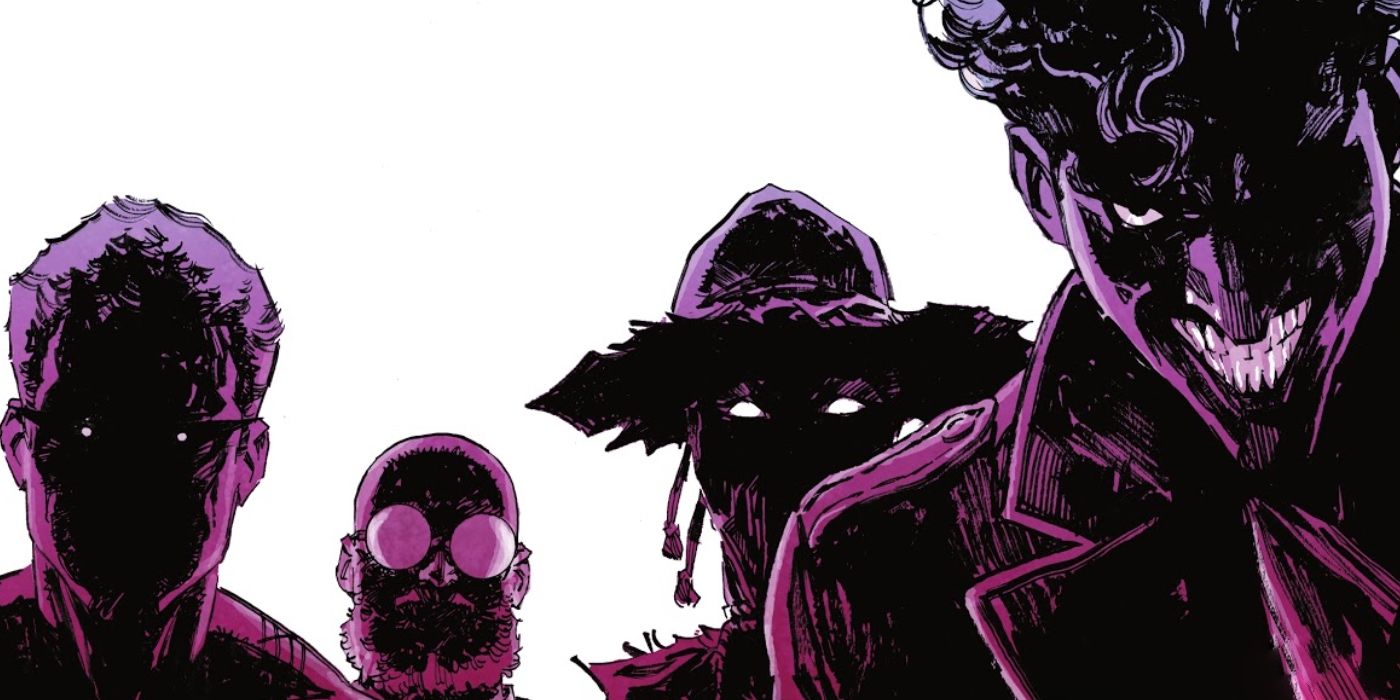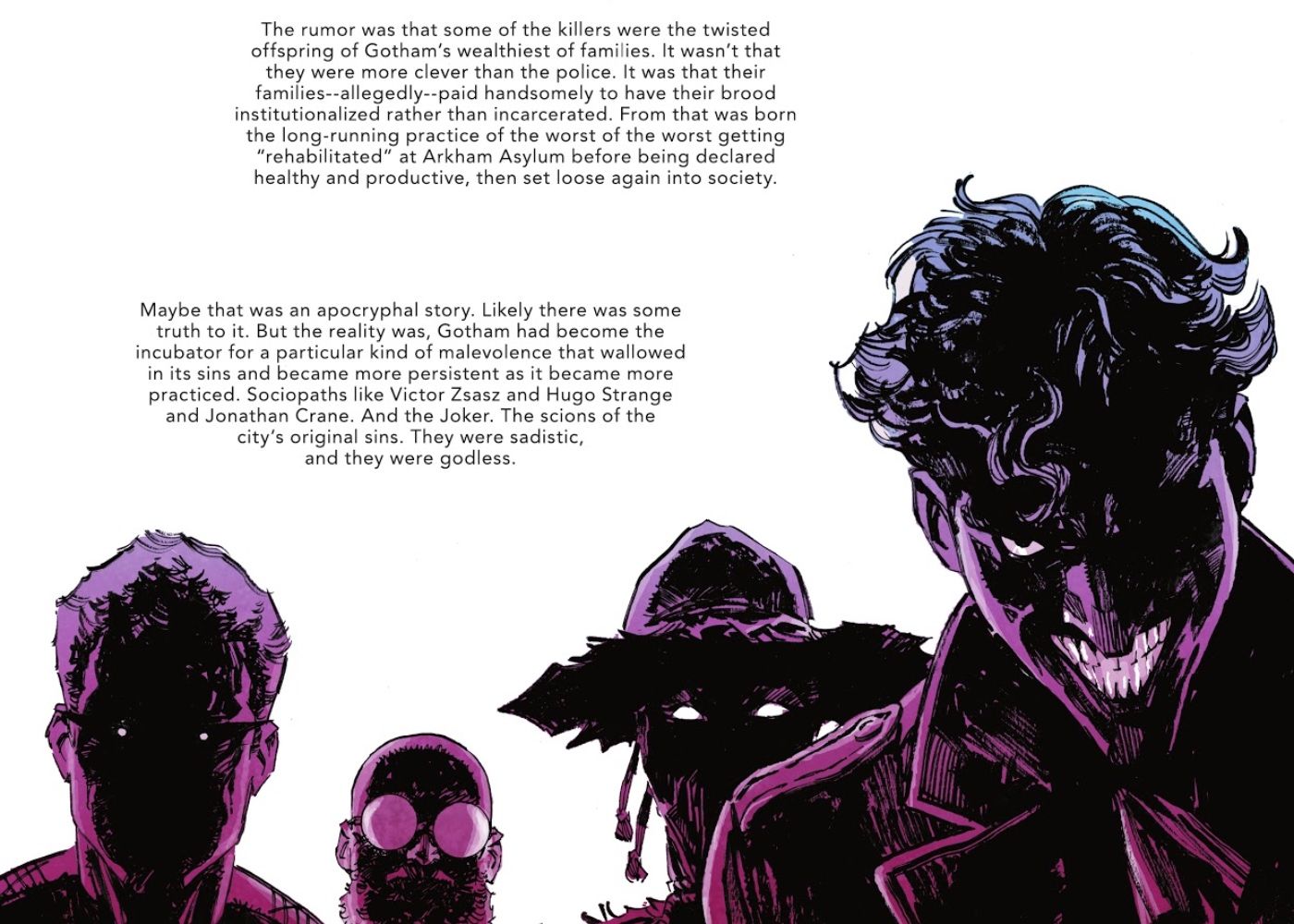Warning! Spoilers ahead for The Other History of the DC Universe #4
In the latest issue of The Other History of the DC Universe, Gotham Detective Renee Montoya (also known as the Question) is the next hero to share their side of history, and she reveals as rather dark theory about Gotham's villains. While its no secret that Gotham is one of the darkest cities and chock full of villains and rogues, this new theory speaks not only to their origins, but also to how they're viewed by the city in general as they continually face the Batman, who's constantly at war with a seemingly never-ending cycle of foes. However, what if that cycle was intentional?
In The Other History of the DC Universe #4 from writer John Ridley and artist Giuseppe Camuncoli, Renne Montoya provides new insights into how she saw Gotham and the greater DC Universe from 1992-2007, revealing how she got started as a beat cop and later became a detective, eventually going rogue as the Question. However, she also speaks to the origins of Gotham itself and how it was built on the backs of those working for the wealthiest families such as the Elliots, Kanes, Drakes, St. Clouds, and of course, the Waynes.
While Montoya shares her distaste for the wealth disparity in the city that has long persisted, she also acknowledges the depths of darkness the city has been embedded in. She talks about the captivation Gotham has had with its worst villains, seeing them as being just as charismatic as they are sinister. Not only that, but she then shares the terrible theory that many Gothamites subscribe to when it comes to the frequent nature of Batman's many villains, their ability to be constantly get free, and the resulting threats that continually plague the city on a daily basis as a result.
Essentially, the idea is that the richest in Gotham have been paying for their villainous descendants to be sent to Arkham Asylum rather than normal incarceration, making it easier for them to be discharged, either through "treatment" or the villains simply having an easier time breaking out consistently. However, the moment that this idea loses traction is with the consideration of the Wayne family and its production of Batman, who actively fights to control and maintain Gotham's chaos as best he can.
Furthermore, even if Batman wasn't a presence in Gotham it's still a pretty far-fetched concept to think that this would be the case for all of Dark Knight's rogues. However, Renee Montoya seems to suggest that it's one that many Gothamites subscribe to nonetheless in The Other History of the DC Universe. Regardless of its accuracy or not, this theory still presents a dark concept that bears noting and thinking about for the Batman mythos, if only to imagine what a Gotham like that would truly look like if every villain was receiving bailouts from the city's wealthiest.


